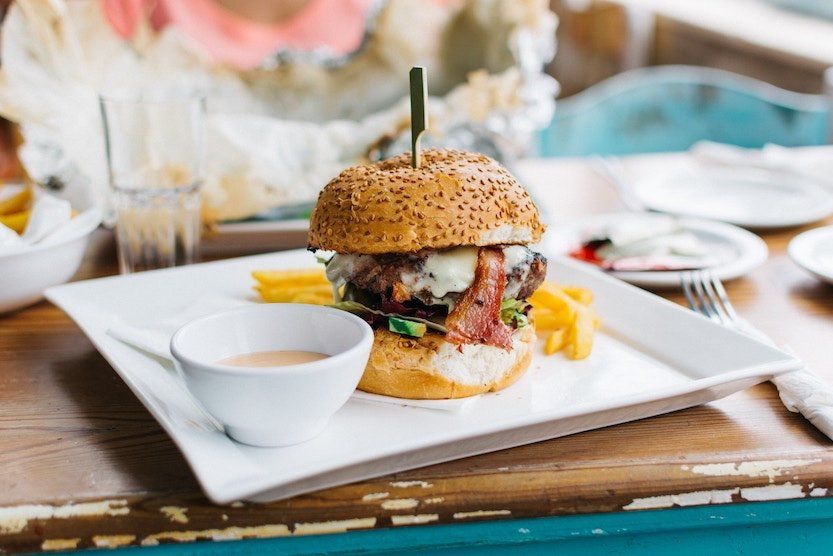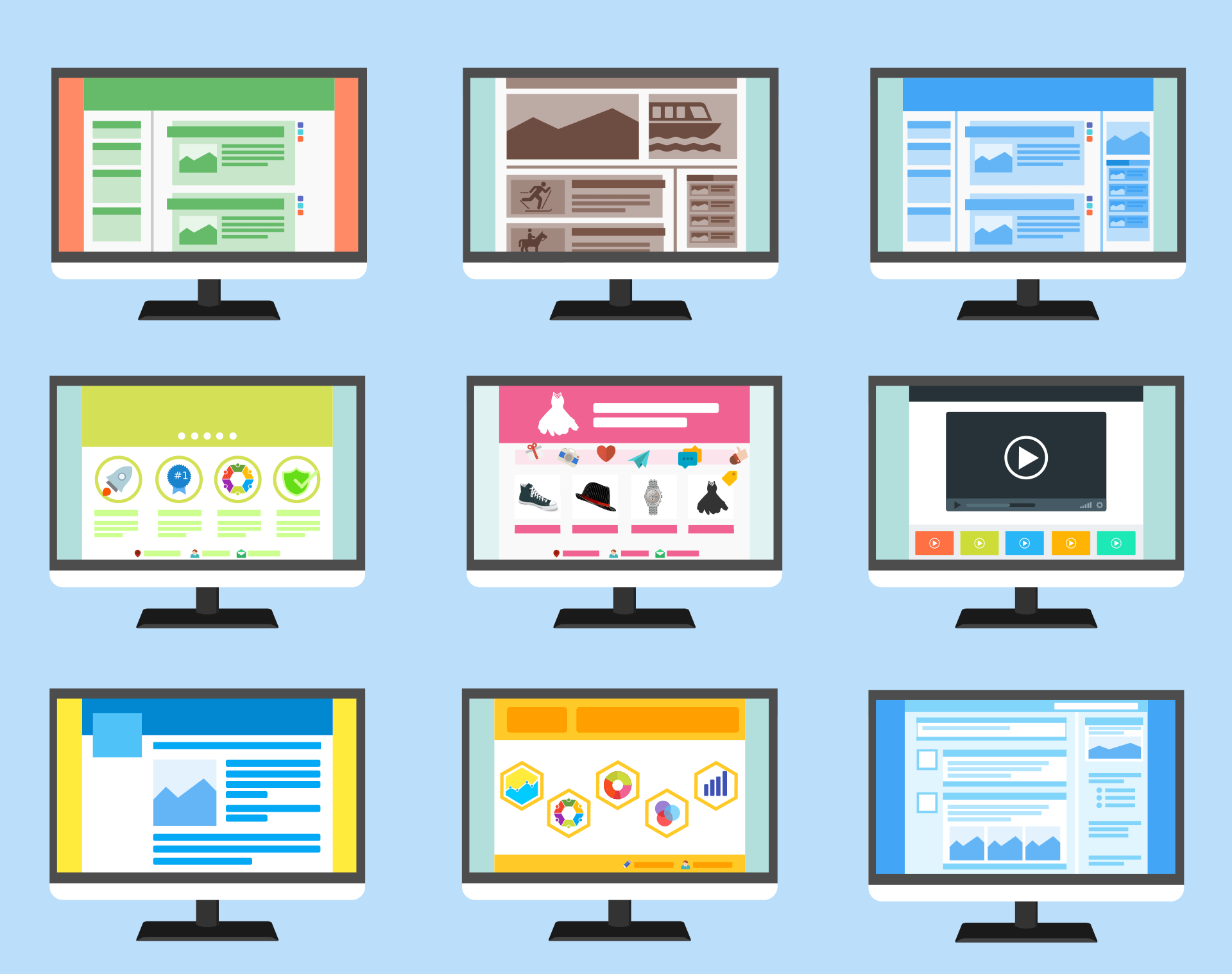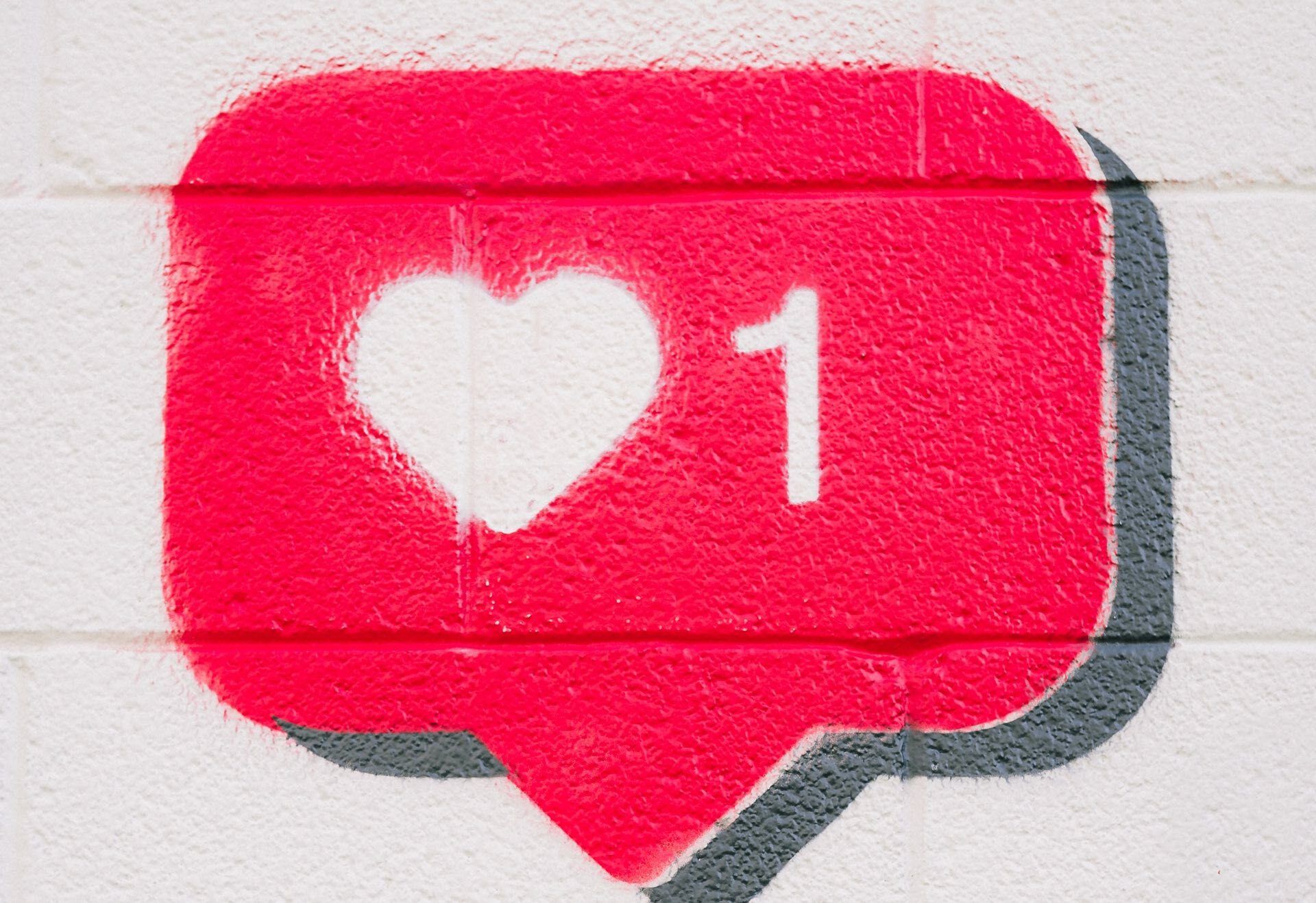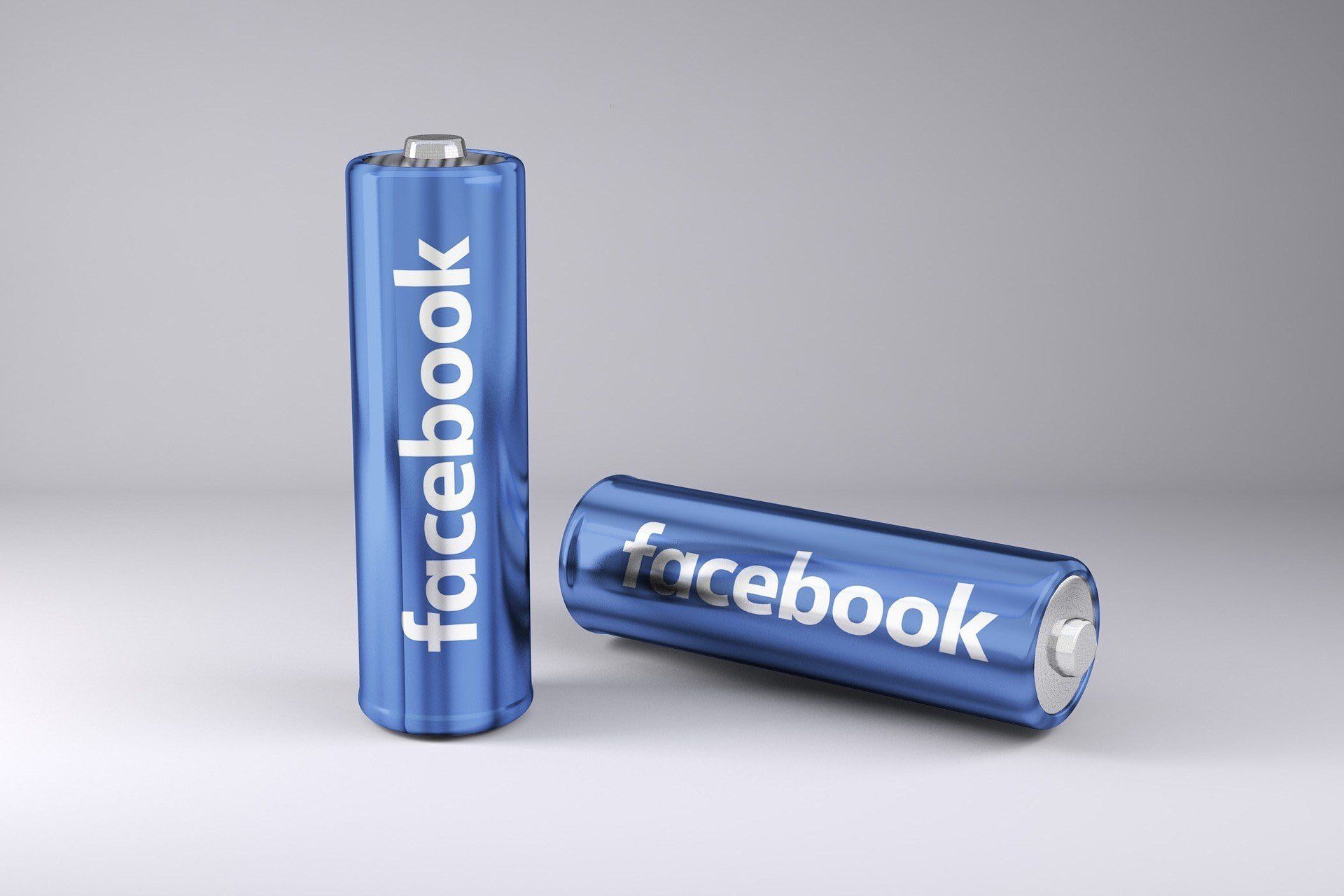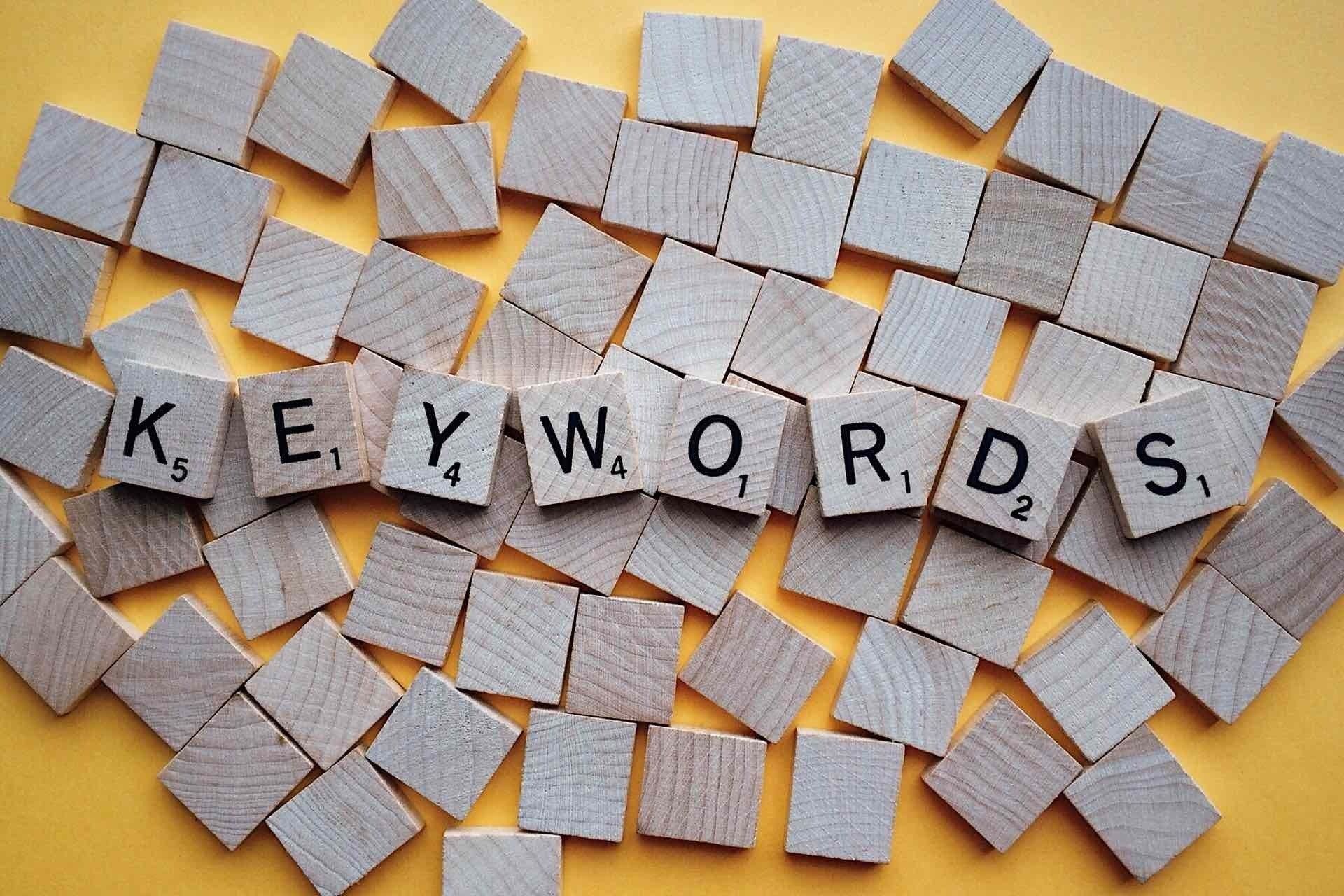Fewer subscribers after GDPR? You’ll find less is more
How to win back subscribers after GDPR
Many lost subscribers because of GDPR. But if a customer declined to renew their subscription, were they really that engaged anyway?
Shorter lists may well mean better lists. You can now tailor future newsletter marketing to resonate with those who really care. The result should be a more coordinated, relevant campaign.
Here are a number of ways to entice new subscribers
Lure visitors to your website with compelling content
Don’t forget how you won subscribers in the first place – quality content marketing . ‘Companies that blog receive 55% more website visitors,’ Social Media Today tells us.
Blogs are the bait. Regular blogging keeps you current. It means you can join the conversation and then lead it. And the right key words mean you’re likelier to be found through internet searches.
Subscriptions and news alerts remain a popular way for busy people to stay informed. They subscribe to blogs and newsletters for fear of missing out on future insights.
Consistency is key. Be sure to set up and stick to a regular blogging schedule.
Make the most of every visitor
Blogs draw visitors to your website. But the trick is to make subscribing obvious and easy. Be sure to begin and end blogs with an invitation to subscribe.
Those who read to the end of your blog have made a commitment. They have given you a vote of confidence. They value what you have to say and may well want to hear more in the future. As the saying goes, it’s not about making the best burger, it’s about finding a hungry crowd. Not offering the opportunity to subscribe at this point is a wasted opportunity.
Make good use of welcome popups
Greet each web visitor with a welcome popup. This appears within 10 seconds of landing on the QuayClick website. Timing is everything. Too soon interrupts the reading and risks irritating the reader. Wait too long and some will have left your site. The latter possibility can be solved with an exit popup.
Deploy web design features artfully
Presentational features such as colour and positioning matter. We have written before about the psychology of colour. In Web design and colour scheming, we said:
‘Colours matter when it comes to first impressions. Over 90% of our assessment of a product is based on colour alone, according to social media site Buffer. They further claim it takes 2/10 of a second to form an opinion on your brand based on your website or social media profile.’
Popups should be subtle without getting lost. They should stand out without appearing gaudy or overly intrusive.
We explained that: ‘The colour red is undoubtedly arresting. It makes sense to use this for key elements of a web page. In contrast, blue is more calming. Note how some of the internet’s most famous links come in blue: Google, Yahoo, the New York Times, the BBC and eBay.’
In the QuayClick popup, we have used the colour green which is calming, consistent with our brand colours, and suits the idea of growth.
Use colour contrasts to highlight the subscription button, both across the page and within the opt-in box. The subscribe option should always be clearer and more enticing than the opt-out.
Keep the screen clutter free
It’s also worth reviewing page layouts and web design. Our blog The 3 threes of winning web design: why 3 is the magic numberoutlines the importance of white space and not overfilling the page.
We suggest that:
‘Content should ideally only take up 3/10 of the screen. Cluttered means confusing. Hefty slabs of text are imposing and off-putting. A calm and a clarity should characterise your site. Simple stripped-down sites convert.’
If you try to emphasise everything, you emphasise nothing. Is your page trying to say too much? You don’t want your call to action or your web visitor to get lost in a maze of words. Prioritise getting that email address.
Get the wording just right
Microcopy matters more than colour for conversion rates.
We use the following copy for our call to action:
‘Start growing your business today with free marketing advice and news for local Devon businesses.’
Many of us, truth be told, find popups annoying, and opt-in buttons often say the same old thing: ‘Sign up’ or ‘Subscribe’. A little charm and invention will pay off. Bebrief, informative, a little fun – they are likelier to feel a connection and sign up.
We all surf the web selfishly, with the mantra ‘What’s in it for me?’ Play to this. The word ‘free’ works well.
Better still, personalise the copy to accentuate its relevance to the reader. Rather than ‘Free trial’, try ‘Start my free trial’.
Simple words like ‘now’ add immediacy and dynamism to your call to action.
Still unsure? A/B test the different variations.
For more on microcopy, read The 7 Ps of Microcopy.
Address objections
Many don’t subscribe because they’re in a hurry. ‘How long will it take me? I’ve other stuff to do,’ the reader is thinking. Tell them. Be specific. Firm facts are more persuasive than vague guesstimations. This is why many blogs say ‘4 minute read’ or similar, rather than give the word count.
Subscribing shouldn’t take more than a minute. Don’t make it seem like hard work.
Don’t ask for too much too soon
Some opt-in forms are presumptuous, bordering on intrusive. At this early stage of the buying journey, it’s enough that they have engaged with you and agreed to engage in the future. Don’t ask for too much information. It only deters subscribers. Do you really need to know, at this stage, their business name, job title and region?
If you ask for too much more, web visitors may get jittery and quickly change their mind. Every field you add reduces opt-ins by 11%.
Some companies work around this by presenting several subscription boxes. One simply asks for an email address. Another will ask for more information. If you try this approach, you can then monitor which opt-in box proves more popular.
Allow subscribers some autonomy
Some web visitors are paralysed and put off by choice. Others like the idea of customising preferences. Allow them to select which content is relevant to them. This will, in turn, provide an invaluable insight into their psychology and preferences.
Be polite and show gratitude
Once they have signed up, repay that commitment. For some customers, these are the first steps in the buying journey. They are getting a feel for your brand and its tone of voice and the way in which you do business.
Proceed as you mean to go on. Thank them, convince them it was worthwhile, pique their interest with hints of what is to come.
For more on copywriting and getting the wording just right, read our piece on How to avoid the spam and trash folders.
Offer freebies
Opt-in forms sometimes come in the guise of offers: for competitions, customer clubs, free downloads and guides, webinar sign-ups, podcasts, Twitter chats and more.
We are all susceptible to the lure of what is exclusive and scarce. Offering privileged information about new products and exclusive benefits available only to subscribers works time and time again.
You can use freebies as bait or as a reward once they’ve signed up. The latter works well as you already show yourself to be overdelivering on your initial promise of quality content.
Ring fence content solely for your subscribers
Content locking means saving the best content for those willing to commit. Use Google Analytics to see which content is receiving the most attention. Try offering your most popular content in exchange for subscriptions.
Promote your content on social media
Use established platforms such as LinkedIn, Twitter and Facebook to push your content.
For example, at QuayClick we regularly post LinkedIn microblogs which provide bite-sized excerpts of recent content on our site, along with a link.
It could be as simple as a one-liner like ‘Great web design and getting the pictures to do the heavy lifting’ for a piece titled The 3 threes of winning web design: why 3 is the magic number.
Target warm leads on Twitter, LinkedIn and Facebook
After GDPR, it no longer makes sense to contact warm leads with subscription invitations via email. Better to send it through respected social media platforms.
Play up the idea of being helpful, and attach short phrases such as ‘You might find this useful.’
LinkedIn now allows its members to send subscription invitations through messaging and notifications.
Include subscription links on business pages and email signatures
As well as at the beginning and end of articles, and across your website, include subscription links to business pages and your email signature. We often surf the internet in haste. A web visitor misses much, so spread the links to increase the likelihood of one of them being noticed.
Final thoughts
The juice is worth the squeeze. Building up your subscriptions is worth the effort.
Forbes Top 10 ranked marketer Neil Patel writes:
‘People who buy products marketed through email, spend 138% more than people who do not receive promotional emails. So, you know that building an email subscriber list is worth the time and effort.’
It goes back to finding a hungry audience for your burger.
But remember: email is only one part of the marketing mix. And networking remains important. Get out there. Make the most of local networking events, and those further afield. People do business with those they know, like and trust. If people can put a voice and a face to the name, they are far likelier to sign up to email subscriptions and pass your name on to others.
Lost customers to GDPR?
Help is at hand.
Get in touch with QuayClick. We're a web design and digital marketing agency in Exeter. We can help with your email marketing and rebuild your mailing lists post GDPR. You could also join our mailing list below for future industry insights.
Sources
http://www.itpro.co.uk/data-protection/28029/latest-gdpr-news-uk
https://digiday.com/marketing/marketers-see-gdpr-paring-email-lists-improving-results/
https://www.communicatorcorp.com/gdpr-email-unsubscribes
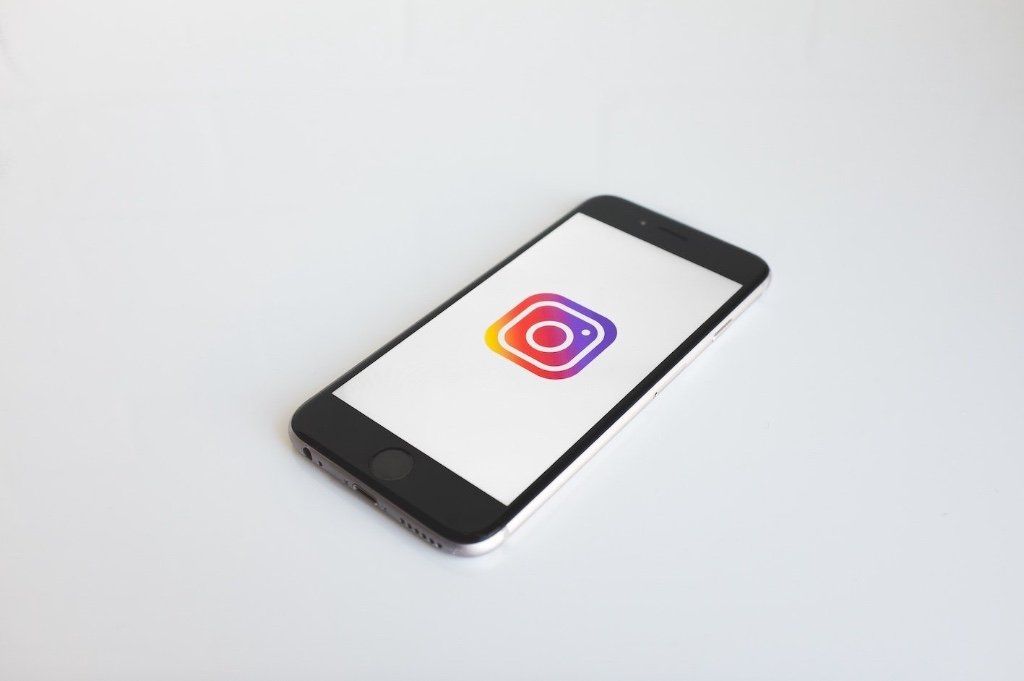

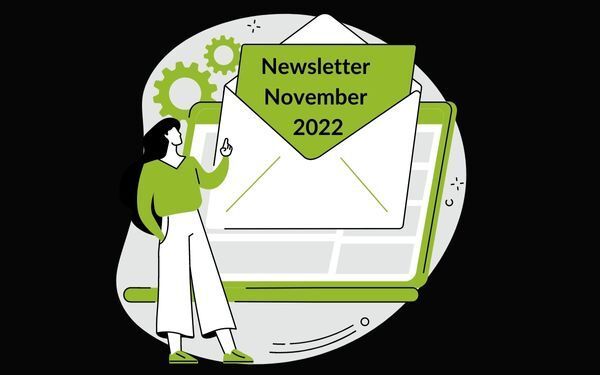

QUICK LINKS
QC Newsletter sign-up
We will get back to you as soon as possible.
Please try again later.
All Rights Reserved | QuayClick Marketing Ltd
We’re a website design and digital marketing agency based in Exeter. We help businesses grow online and have over 20 years of experience in Web Design. We offer several inbound strategies, including paid search and SEO. In addition, our content team can help with copywriting and email campaigns.




